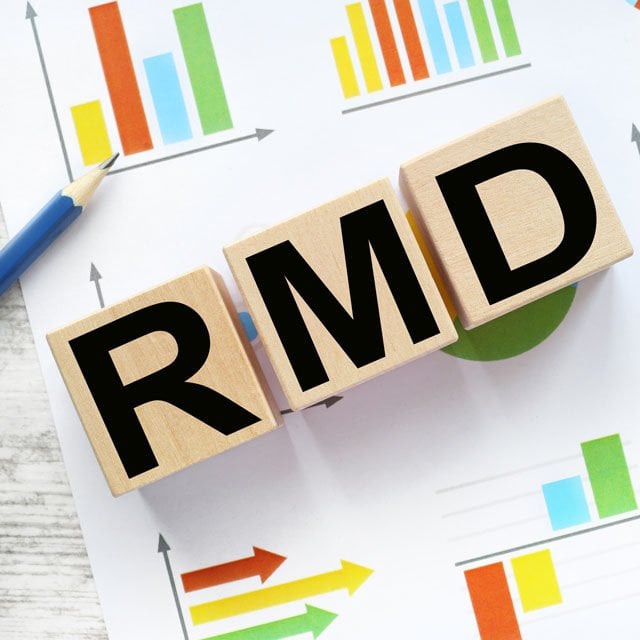Everything to Know About RMD Planning for 2024

What You Need to Know
The age for required minimum distributions to commence remains at 73 for 2024.
Planning should include strategy for this tax year and for future years as applicable.
In some cases it might pay to transfer assets from other plans such as old 401(k)s or individual retirement accounts.
Many advisors are already in the midst of planning for clients for 2024 and in some cases beyond. A key part of planning is required minimum distributions for both 2024 and years ahead.
Here are some issues to consider for clients who are affected by RMDs.
RMD-Related Changes Under Secure 2.0
There are three significant changes arising from the Setting Every Community Up for Retirement Enhancement (Secure) 2.0 Act that could influence clients’ RMD planning for 2024 and beyond.
Maximum amounts for qualified charitable distributions will be indexed to inflation beginning in 2024. Those who are at least age 70.5, can now take up to $105,000 in these distributions in 2024, up from the prior limit of $100,000.
Surviving spouses are now allowed to calculate RMDs on their late spouse’s accounts using the deceased spouse’s age and the more favorable Uniform Lifetime Table.
RMDs are no longer required on assets in designated Roth accounts such as a Roth 401(k). There is no tax impact here, but this does allow clients to keep assets in these accounts if they choose.
RMDs Will Be Higher in 2024
According to Ed Slott, clients should expect higher RMDs in 2024. Stott attributes that to market gains in 2023 as opposed to losses in 2022, resulting in higher year-end 2023 balances for most clients.
This is both a 2024 cash-flow issue and an issue for 2024 taxes. The cash-flow part concerns whether clients need some or all of the cash from their RMD. This leads directly to the tax issue. Their likely higher RMDs for 2024 will result in higher taxable income and higher taxes for 2024, all else being equal.
If clients rely on the cash flow from their RMD, there might not be any planning issues to deal with. However, there are other situations in which planning for this year and future years makes sense.
Still-Working Exemption
For clients who are still working once they reach the age when RMDs must commence, there is an exemption from RMDs on their employer’s 401(k) as long as they are not a 5% or greater owner of the company. This is not automatic: The employer must have made this election for their plan. Note that RMDs must still be taken from other accounts such as traditional IRAs, old 401(k)s and others as required.
In some cases, it might pay to transfer retirement assets from other accounts to the employer’s 401(k). Employers again determine whether this is allowed. Generally, only retirement assets that were contributed on a pretax basis and the earnings on those assets are eligible. A key issue with this strategy is to determine if the investments available in the employer’s plan are worth investing additional retirement assets into.
With many people working longer, this can be a good strategy. If clients are still earning a decent salary, this exemption can defer RMDs and the taxes on this money until after they have retired from this employer. But watch out: Depending on the size of this account, this could result in significantly larger RMDs when they retire and a larger tax hit down the road.
QCDs
Qualified charitable distributions can be a versatile planning tool for managing RMDs in 2024 and beyond.
For clients who don’t need all of the cash from their RMD, a qualified charitable distribution can be a solid choice. They can use this transfer as part or all of their RMD, avoiding taxes on this portion of the RMD.
The order in which the distributions are taken is important. Be sure the client takes QCDs as part of their RMDs, not after the RMD has been satisfied. In the latter case, the qualified charitable distribution will not count as part of their RMD and there will be no tax savings on the RMD.






